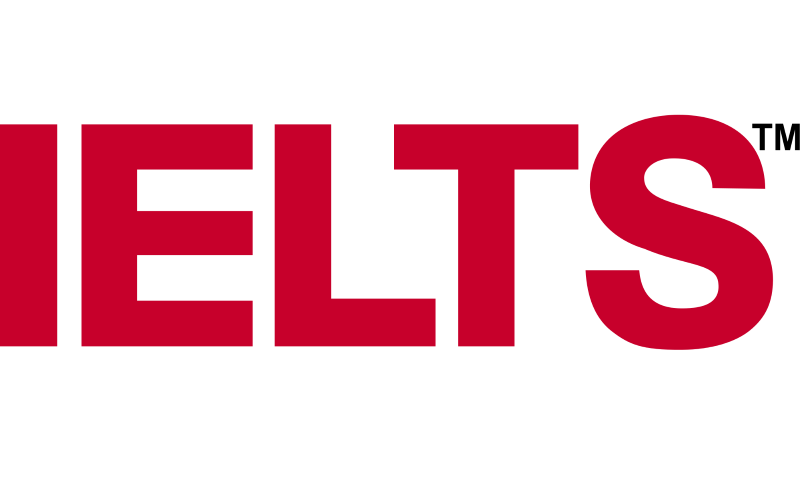Grey Matters
USA

Grey Matters
We focus on
efficiency
Cost of studying in the USA
Tuition fees are a significant and main expense for studying in the USA. However, the fees can vary based on factors such as the chosen course, degree program, and university. The cost of studying in USA for Indian students is $7,000 to $55,000 per year. On average, studying in the USA costs around $35,000 per year.
List of Best Courses in USA
The list of few top courses to study in USA for international students are mentioned below
- Engineering
- Business Management
- Medicine
- Nursing
- Law
- Psychology
- Pharmacology
Duration of Intakes in the USA
The following table throws light on the intakes of USA and the duration, along with the application timelines and when the applications open:
Spring intake in USA | Between January to May | Between July – December |
Summer intake in USA | Starts from May | Between January – March |
Fall intake in USA | Between September to December | Between November – May |
More details on each of the intakes in the USA are as follows for international students’ reference:
- Fall semester:The fall intake in the USA is the most opted one by Indian students. The fall months in the USA are from September to December.
- Spring semester:The spring semester starts in January and ends in May. The spring intake in the USA begins in October or November.
- Summer semester:This intake is for limited programs and courses and usually starts in May.
Thus, there are two major intakes in the USA namely – Spring and Fall, while there is also a Summer intake for those looking at short-term courses instead of long-term ones.
Why USA?
The United States, a land of dreams and opportunities, provides high-quality educational options to students from all over the world. The United States has monopolized the attention of almost all study-abroad aspirants.

Work Authorisation for students
To acquire work experience, you must first apply for temporary employment authorization, known as either Optional Practical Training (OPT) or Curricular Practical Training (CPT). According to the Department of Homeland Security, both OPT and CPT allow you to be employed during and after your course of study. The major difference is that CPT must be completed before graduation, whereas OPT can be completed either before or after graduation — meaning you can use your OPT to work in the country for a short period after you leave school.
The duration of OPT depends on your degree program. If you have a STEM degree, your OPT can last for up to three years. For other degrees, it typically lasts for just one year. You must acquire a temporary work visa if you wish to stay in the country once your OPT has ended.
Two important caveats to consider:
- If you use any of your OPT while you’re in school, it will be deducted from the time you have remaining to work in the U.S. after you graduate. For example, if you use three months of your yearlong OPT in a paid summer internship before your senior year of college, you will only have nine months of OPT left when you graduate.
- You can apply for both CPT and OPT. However, if you work for 12 months, full-time, on CPTwhile you’re in school, you won’t be eligible to apply for OPT at all. If you work part-time on CPT (even for more than 12 months), it won’t impact your eligibility to apply for OPT.
The Top 10 Motives to Study in the United States.
- Approximately 600,000 international students are currently pursuing higher education degrees in the United States.
- United States degrees are widely accepted and regarded as among the most prestigious.
- Students who work as research assistants frequently receive tuition waivers and stipends to help with the cost of living as a result of financing from the United States government and public and private corporations.
- In addition to their major field of study and courses, students frequently have the opportunity to enroll in courses (known as “electives”) in other subject areas based on their interests.
- A student’s education could be completely free if the student demonstrates exceptional abilities in his or her field of study. Students can also receive grants, loans, and scholarships from various organizations.
- Most colleges and universities permit international students to work on campus as part-time employees.
- Over the summer, students are allowed to work as interns in their respective academic fields off campus. Most universities provide academic credit for internship experience.
- Most US colleges and universities have an international student affairs office with advisors who provide exceptional support to international students in navigating the sometimes confusing university and immigration bureaucracy and making the most of their educational experience.
- International students can also interact with and learn from students from a variety of countries, religions, cultures, socioeconomic backgrounds, and ethnicities.
- The variety of skills and cross-cultural environment can make the learning experience in U.S. universities a rich and unique one.
Grey Matters
Grey Matters is known for its professionalism.

















